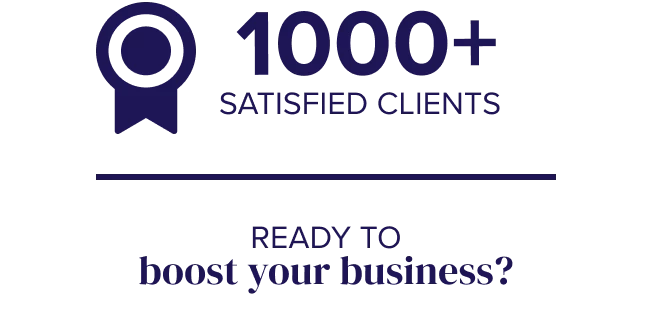A guide to cash flow forecasting
Cash flow forecasting can prove to be a crucial component for your business’ growth strategy. It will provide a prediction of your cash flow over an extended period of time, allowing you to stay on top of your business’ finances and make any decisions well in advance of any issues (or indeed growth) on the horizon.
So what exactly do you need to do, to carry out a cash flow forecast? We take a look at the four steps required below…
Decide your timeline
Whether it is weeks, months or even a year in advance that you would like to forecast, remember that we want to be able to make this as accurate as possible, therefore set your forecast for an appropriate time period.
For more established businesses it is reasonable that you would be able to forecast much further into the future, as data from previous years will be available, whereas start-ups will be limited on the data available and therefore a shorter time period would be the most accurate. As a business progresses, a forecast will also support in identifying seasonal trends so that you can more accurately plan for highs or lows in cash flow accordingly.
Don’t forget that your forecast will change, and you should be continually updating any plans accordingly over time.
List incoming cash to your business
Listing your expected incoming cash flow will not just include sales (although this will account for a significant proportion), you should also take into account any loan receipts, grants, tax refunds and interest.
You can split your forecast into columns for weeks, quarters or months depending on what suits your business, and then list all individual incomings on each row. For your sales, only input your incoming cash on the week, quarter or month that you know it will enter your bank rather than when it has been invoiced.
Once all of your data has been input, you can then add you the total for each period to find your total income.
List outgoing cash for your business
Of course, now we have your incomings, you will then need to list your business’ outgoings. This will include many things such as employee salaries, office rent, equipment or software fees, loan repayments, overdraft or financing charges, supplier costs and not forgetting your tax payments.
As you did for your incomings, you should then calculate your total outgoings.
Calculating your running cash flow
At this stage you will work out, period by period, your running cash flow by deducting your net outgoings from your net income. Here you will be left with either a positive or negative figure, meaning that you either have more cash entering the business than leaving or that you’re spending more than bringing in.
From here you can then keep a running total by weeks quarters or months to have a clear view of your cash flow over your chosen time period. Whilst one negative cash flow period is nothing to worry about, multiple negative periods will be concerning and therefore swift planning will be required to rectify this. On the other hand, multiple positive periods will often mean that you have the working capital available for other areas such as growth.
Whilst cash flow forecasting can be a very effective tool for ensuring that you have a detailed view of the future of your cash flow, it can be a time-consuming task. This is where your accountant can support you, helping you to collate all data required and advising when issues (or indeed opportunities) arise.
If you’d like to speak to our team of experts here at Ellis & Co. about cash flow forecasting for your business, get in touch today on 01244 343 504.





